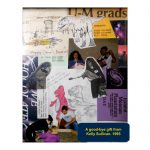1995, BS in Geological Sciences
Year of Memory: Visitor 1975 through early 1980s, Docent 1990-1995, rare visitor from 2000 through 2015 (last visit in June 2015)
Childhood Inspiration
According to my parents, my first visit to the University of Michigan’s natural history museum was in 1975, when I was 3 years old. We went back and visited the museum about once a summer after that, but I can distinctly remember a visit when I was 5. I was standing on the 3rd floor balcony, looking through the rails at the incredible view of the paleontology hall. The Sakstrup mastodon seemed to stare back up at me, and the black bones of the Allosaurus menaced the hall. As I stood there in awe, my parents said in an amused way, “You know, if you work really hard in school maybe one day you can come work here.” From that point on, as far as I was concerned it was a no-brainer.
First in Line
Thirteen years later (Fall semester, 1990) as a brand-new freshman at U of M, I stood at the front of a line before the museum’s table in a work-study job fair. It turned out the museum was looking for work-study students to be docents, and I was downright giddy at the chance to actually work in the museum that had enthralled me from my first visit. I signed up and crossed my fingers. Shortly afterwards the call came that I’d been selected, and was told to attended my first night of docent training.
Connecting the Dots
It’s always amazing when one looks back at all the lines connecting the dots leading to their present moment in life. In my case, so many of those lines trace their way back to one dot in particular, the University of Michigan Exhibit Museum (now the University of Michigan Museum of Natural History). Who could have known on that first night of docent training (taught by the ever-energetic Matt Linke) in a room filled with dozens of newly hired docents, that the cute, curly-haired brunette sitting in the front row (MJ Gray was her name at the time) and I would wind up married to each another just five years later? After almost twenty-two years of marriage we still snicker and tease each other about that first training night.
Think-On-Your-Feet Training
The years spent as a museum docent were valuable for me in so many ways. The two-hundred-plus public tours given provided the best on-the-job public speaking and ‘think-on-your-feet’ training anywhere. The experience and skills honed on those tours serve to this day and are repeatedly manifested in lectures, public presentations, and media interactions. No matter who’s in the audience today, they’re never as tough or intimidating as a dozen hyper-excited and distracted 7-year-olds, or a group of ‘tweeners’ trying hard to appear disinterested and disdainful in front of their friends (but secretly being fascinated by what they’re seeing).
Learning from Staff
Getting to know the museum staff and learning from them also proved valuable. Linda King kept the administrative office humming along, and Kelly Sullivan become a Jedi Master of juggling docent schedules and running the museum gift shop back when it was a stifling nook tucked next to the front door. By their examples they taught us how to balance staffing and logistics, and how to manage stocks, supplies, and people. Occasionally the exhibits team would ask docents to help out with a specimen or diorama in the halls. The exhibits folks were amazing people with remarkable skills. Dan Erickson could build almost anything from a few scraps of metal, wood, and whatever else could be scrounged from the old shop. John Klausmeyer, an outstanding illustrator, taught his ‘Museum Methods’ class each Spring semester, and it proved to be one of the most useful, hands-on courses I ever took. The artistic techniques, visualization, materials training, and design basics learned in his course are skills I still put to use.
Many Museum Memories
What other memories stand out from those wonderful museum days? Far too many to list! Docent happy hours at Dominic’s across from the Law Quad, shooing kids out from under the mastodon and stopping them from stealing pieces of white marble gravel from under it, staff and docent trips to the Brown’s cabin deep in the woods near Mio, the elegant beauty of the rotunda, seeing the Hall of Paleontology be painted black, herding throngs of school groups in and out of the rotunda, new exhibit openings, the intricate stonework adorning the building’s exterior, docent Halloween parties in the rotunda, a new head being installed on the Allosaurus, the museum’s first ‘buy-a-bone’ campaign, leaving doodles on the weekly docent work schedules, the quote etched across the top of the Ruthven Museum Building’s front façade (“Go to Nature. Take the facts into your own hands. Look, and see for yourself.” – Agassiz) and another in bronze above the front doors (“Truth conquers by itself”), the masterpieces that are the Life Through the Ages dioramas, and so on.
An Inspired Career
My time in the museum opened the door to other incredible opportunities that helped my professional career. When the University of Michigan Museum of Paleontology had an opening for a student to work in the fossil preparation lab, Exhibit Museum staff members put in a good word and I started working in the fossil lab in 1991. Over the next four years I learned fossil preparation from one of the best in the business, Dr. Bill Sanders. Fortunately, the Exhibit Museum found a way to keep me on as a docent at the same time. They even used a photo of me and another student in the fossil lab posing with parts of the huge skull of the ancient whale Basilosaurus to decorate the coin-spiraling ‘wishing well’ located on the main stairway landing for many years.
I would eventually move away in 1995 to obtain graduate degrees and embark on a lot of paleontological research, but I’ve never strayed far from museums since leaving Ann Arbor. I was hired as the fossil preparator at the Dallas Museum of Natural History in Dallas, Texas in 2005. In a few short years that museum metamorphosed a couple of times and in 2012 we opened a brand new, state-of-the-art museum building in downtown Dallas, becoming the Perot Museum of Nature and Science. I used many things learned at the University of Michigan Museum of Natural History during the long and frantic days helping get the Perot Museum’s new exhibits conceptualized, built, and installed.
Even Museums Evolve
I, like so many others, will be very sad to see the UM Museum of Natural History leave our beloved Ruthven Museums building. Heck, I proposed to my wife on the 3rd floor of the old building next to the bald eagle overlooking the same balcony I’d peered over at age 5. We would both be thrilled if that spot and the view from it remained unchanged forever. However, every paleontologist knows all things must adapt and evolve or face extinction. As someone who’s also been involved with the process of building a new museum from the ground up, I know that what lies ahead for the museum has the potential to be exciting and invigorating. The new home for the UM Museum of Natural History will undoubtedly be the birthplace of new stories and memories for many more generations of docents, visitors, and staff.
My sincere and heartfelt thanks to everyone who made the museum what it was, and may success follow the leaders and best taking it into the future.
Dr. Ron Tykoski
Director of Paleontology Lab
Perot Museum of Nature and Science


 #UMMuseumMemories
#UMMuseumMemories
